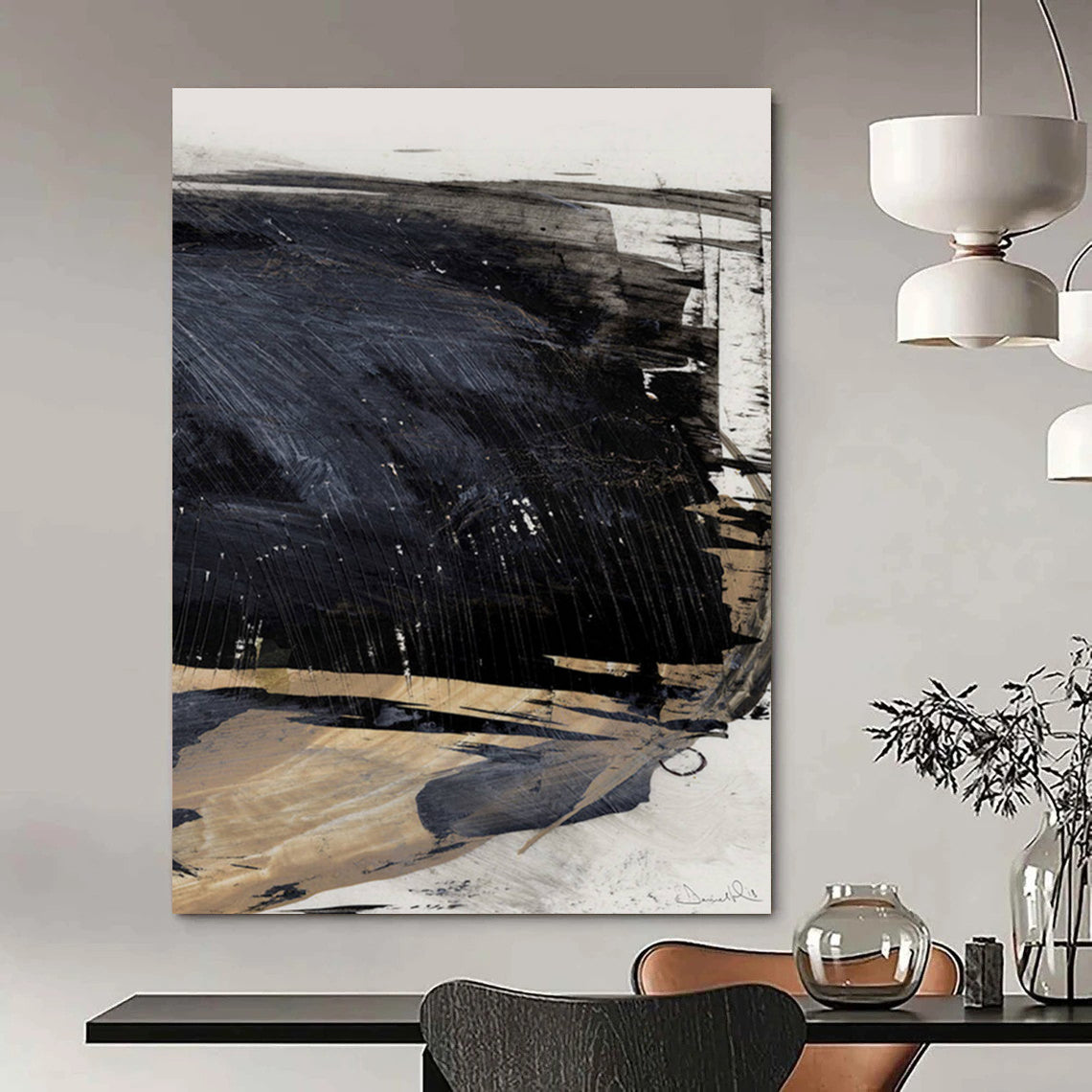The Metropolitan Opera House, a longstanding symbol of grandeur and classical storytelling, has undergone a stunning transformation this autumn 2025 with its latest contemporary art exhibition, Super Duper. This groundbreaking show brings together over twenty visionary artists who boldly reinvent the concept of the superhero for the fractured and complex realities of the 21st century. Hosted in the iconic lobbies and hallways of this cultural landmark, Super Duper fuses the high art world of opera with provocative contemporary visual art, cartooning, and satire to invite us to rethink heroism beyond the traditional capes and superpowers.

A Cultural Shift: Opera Meets Contemporary Art
Traditionally, the Metropolitan Opera House has been a sanctuary for epic narratives embodied in the works of classical composers like Verdi and Wagner. The ornate red carpets, sparkling chandeliers, and grand staircase have welcomed audiences to witness divine and larger-than-life characters. However, the Super Duper exhibition transforms these familiar spaces into a playground for modern mythmaking. Curated by Dodie Kazanjian alongside philologist Donatien Grau, the exhibition introduces a diverse array of heroic visions that reflect contemporary anxieties about climate change, authoritarianism, and identity Met Opera.
The show coincides with the opera The Amazing Adventures of Kavalier & Clay, adapted from Michael Chabon’s Pulitzer Prize-winning novel. Chabon’s narrative unpacks the origins of the superhero genre, highlighting its birth from Jewish creators Jerry Siegel and Joe Shuster as a response to fascism in the 1930s. Together, the exhibition and the opera shed light on superheroes as a mythic language born from displacement and the struggle for justice, now evolving to meet the demands of a fragmented modern world ARTnews.

Artistic Diversity: A New Paradigm of Heroism
The artworks in Super Duper challenge the conventional image of superheroes with spandex and invincibility. Instead, they broaden the definition of heroism to include vulnerability, transformation, and political significance. The exhibition features a mixture of abstraction, satire, religious symbolism, and human fragility. Highlights include:
-
Ian Jul-Vill's reimagined paperback covers of The Empire State Building with striking black-and-white imagery symbolizing human aspiration and peril.
-
John Currin’s depiction of rosy-cheeked angels supporting a frail man, blending religious imagery with vulnerability.
-
Rochelle Feinstein’s tender portrayal of motherhood, emphasizing nurturing as heroism.
-
Cartoonist Roz Chast’s humorous take on a "Super-Man" who wields a toolbox instead of superpowers.
-
Dana Schultz’s abstract expressionist Übermensch evokes the idea that heroism is a potential within all of us Gallery Met.
These pieces disrupt traditional superhero narratives, inviting viewers to explore superheroes’ roles as figures who embody struggles over climate, identity, and authoritarianism rather than mere physical strength.
Notable Contributors and Legacy
Among the 25 featured artists are contemporary heavyweights like Art Spiegelman, creator of Maus and a Pulitzer Prize-winning graphic novelist, whose works anchor the exhibition. Spiegelman presents seven variations on Superman, interrogating the cultural and political weight superheroes carry in times of rising fascism.
Eddie Martinez and Julian Schnabel, alongside a multigenerational selection, confront the superhero myth with fresh perspectives, reflecting on what heroism truly looks like in 2025 and beyond Timothy Taylor.

Superheroes for a Fractured Age
The Super Duper exhibition at Gallery Met is more than a display of contemporary art; it is a provocation. It asks: What kinds of superheroes does a fractured, climate-conscious, politically turbulent world need? Removing the fetishization of invulnerability, this exhibition heralds a new mythology where heroes can be fragile, mutable, and deeply human.
The Metropolitan Opera House, once the domain of gods and Valkyries, now bridges high cultural form with low-culture mediums like comics and cartoons. This intersection redefines art as a continuum and places contemporary superheroes within that expanding artistic narrative — as symbols of hope, resilience, and identity ARTnews.
Image Sources
-
Metropolitan Opera House (exterior and grand staircase): Courtesy of the Metropolitan Opera Press Office
-
Works by Eddie Martinez: Photo by JSP Art Photography via Timothy Taylor Gallery
-
Art Spiegelman’s Superman variations: Courtesy Gallery Met / Metropolitan Opera
FAQ
Q: What is the theme of the Super Duper exhibition?
A: It explores what superheroes mean in the contemporary world, focusing on vulnerability, identity, and political relevance rather than traditional superpowers.
Q: Where is the Super Duper exhibition held?
A: At Gallery Met, inside the Metropolitan Opera House in New York City.
Q: Who curated the exhibition?
A: Dodie Kazanjian, with philologist Donatien Grau.
Q: How does this exhibition connect to the opera The Amazing Adventures of Kavalier & Clay?
A: Both explore the origins and cultural significance of superheroes, particularly their roots in Jewish creators’ response to fascism in the 1930s.
Q: Are there any notable artists featured?
A: Yes, including Art Spiegelman, Eddie Martinez, Roz Chast, and more than 20 contemporary artists.
Q: Does the exhibition include traditional superhero imagery?
A: It intentionally moves away from traditional capes and invincibility toward more diverse, abstract, and human representations of heroism.

